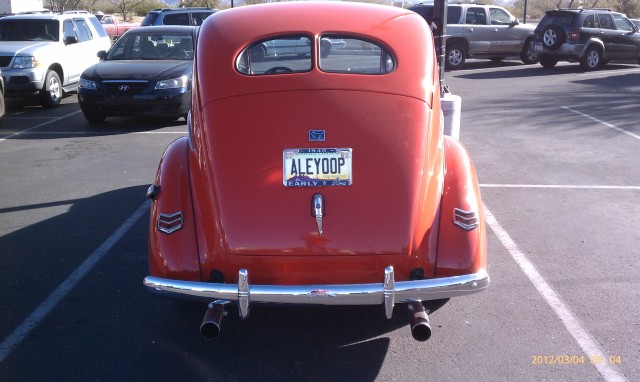When I first purchased my 07 Corvette and took my wife for a ride. I was pretty jazzed and noticed the noise emanating from the roof.
That was the first thing she noticed. I was so caught up in the handling and power I was ok with the noise. But after she mentioned it, I wasn’t able to ignore it quite as easily.
The squeaking was very profound and since our roads aren’t the best in the land, it crazy loud. So the search was on for a cure.
Lots of help on-line including resetting (releasing the front latches) and closing them again. This came with the sage advice “….I got the wife accustomed to helping me reset the top at stop lights…don’t do it while you are moving….” I wonder if that little nugget was from a first person experience?
And for a while I would reset the top latches (not while moving) when the noise got frequent. But that just couldn’t be a long-term solution……”ERRRRRKK….(braking noise)…..I brake for “soap boxes”!!!
I am frankly sick and tired of hearing for Corvette owners the following phrases…”that’s the nature of the beast”….”that’s just something you have to live with”…and the my favorite…”You’ll get use to it.” That is all BS. If things are broken…then they are broken. If doesn’t work like it’s supposed to, then it needs attention. I’ve heard that ever since I’ve owned my C6. Those tired phrases, were used for the squeaking roof and the odd activity with my gas gauge after filling it up and the cold weather shifting issue. No way dawg, I want this stuff fixed!!! .
So back to top issue. After checking with a few more Corvette buddies, I ran into to one that gave me this, every valuable tip. He used it successfully.
Get out the lube…Dielectric grease the rollers / contact point for the front latches and the pins in the back. Lube up the rubber moldings /contact points of the moldings.

Di-Electric-Grease

Lube the rear posts.
Spray a little on a rag and wipe down the rubber weather-stripping. You don’t need a lot.
I’ve only done one time and not since. But I keep the rubber clean and no problems.
For those of you aren’t familiar with the top (I’ve talked to a couple that didn’t know the coupe had a removal top.) see the video below.
[vodpod id=Video.16243571&w=425&h=350&fv=%26rel%3D0%26border%3D0%26]



























